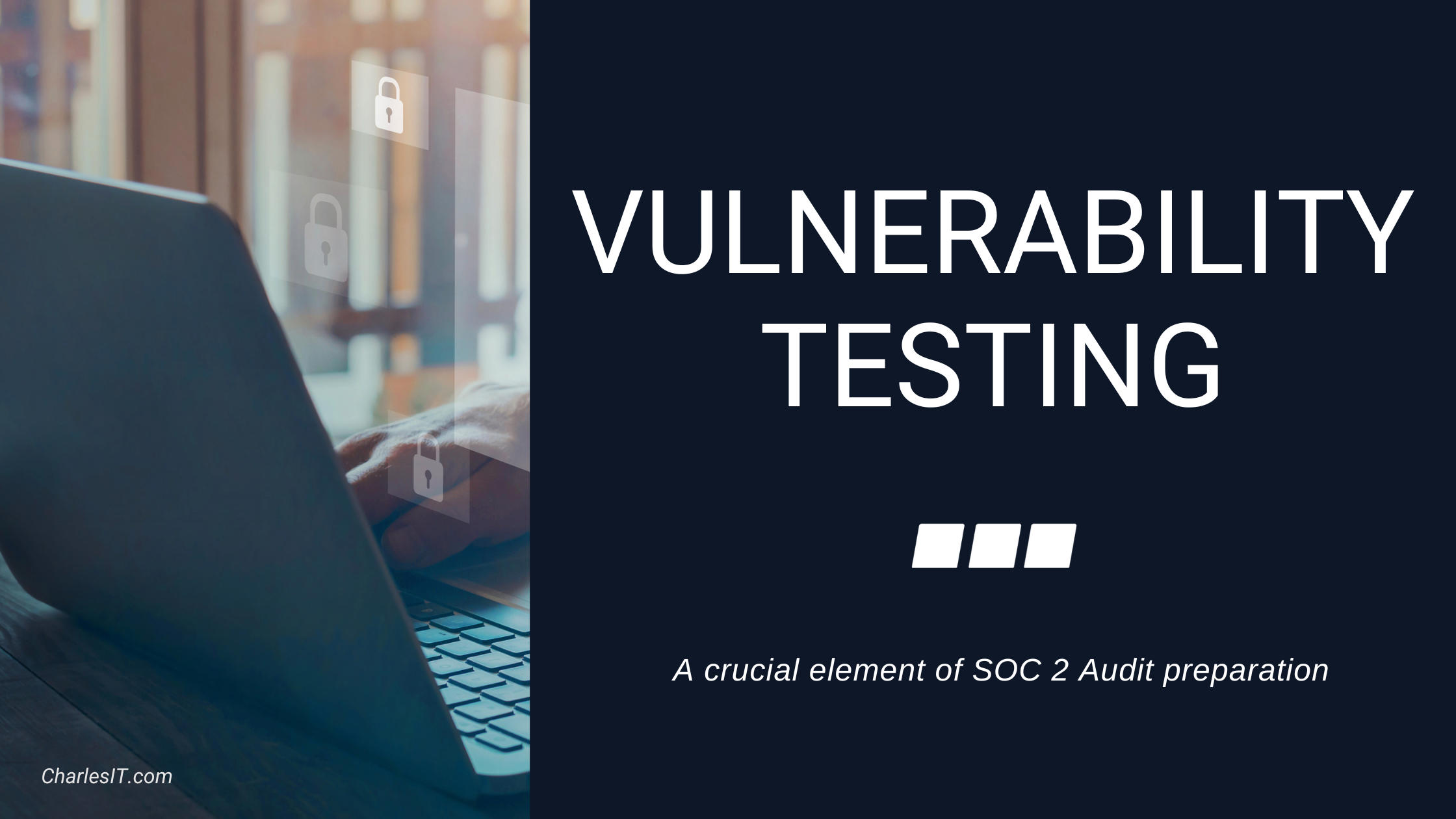
Cloud computing and Software-as-a-Service providers play a big role in their clients' data security. When providers mishandle data, organizations can be left vulnerable to cyberattacks like malware installation, data theft, and more.
To ensure that they have strong cybersecurity policies in place, third-party providers are stepping up their efforts to become SOC 2 compliant. However, when it comes to the processes involved in a SOC 2 audit and report, some providers are a bit confused about what they should and shouldn't be doing to comply with Trust Services Criteria.
One question often raised is whether SOC 2 compliance requires vulnerability testing. This article will help you understand what vulnerability testing is, and why it's a crucial part of SOC 2 compliance.
What Is SOC 2?
SOC 2 stands for System and Organization Controls 2. It's an auditing process created by the American Institute of CPAs to ensure that third-party providers are handling sensitive data securely to protect a business and its customers.
SOC 2 is composed of five trust service principles that define the criteria on how third-party providers should manage sensitive information. Unlike other standards such as the Payment Card Industry Data Security Standard, SOC 2 is less rigid with its requirements. Providers can design their own cybersecurity controls to comply with one of more of the SOC 2 trust service principles.
|
Related article: What Is SOC 2 Compliance And Why Is It Important For Your Business? |
What Is Vulnerability Testing?
Vulnerability testing, also called vulnerability analysis or assessment, is a cybersecurity process that evaluates and identifies IT infrastructure vulnerabilities and risks. A vulnerability is defined as any weakness in an organization’s cybersecurity design, procedures, implementation, and control that can lead to a violation of its network’s cybersecurity policy.
The goal of vulnerability testing is the consistent and early detection of cybersecurity threats and vulnerabilities to prevent cybercriminals from exploiting gaps in your infrastructure to steal private and sensitive information. The lack of proper vulnerability testing can result in:
- Downtime
Following a data breach, businesses often halt operations in order to contain the breach and conduct an investigation. This downtime can last for hours or even days depending on the gravity of the breach, which can have a devastating effect on your revenue.
- Financial loss
There are various costs associated with a data breach, such as customer compensation, legal fees, regulatory fines, and costs related to breach investigation and incident response. According to the 2020 Cost of a Data Breach Report by IBM, the average cost of a data breach in the United States is $8.64 million, with the healthcare industry being the target of most of these breaches. This amount is enough to put most SMBs out of business.
- Loss of customer trust
When customers learn that a company has been hit by a data breach, they’ll lose trust in that company and prevent doing further business with it, especially if the breach could have been prevented in the first place.
What Are the Steps in Vulnerability Testing?
You may now have an understanding of how essential a vulnerability test is, but how do you proceed? Here are the basic steps on vulnerability testing procedures.
- Define the goals and objective of the test
Determine which systems and networks will undergo testing — this includes cloud-based resources and mobile devices. Identify business-critical systems and where most of the sensitive data is stored.
- Collect information
For each system, device, and network that will be tested, check whether their current configurations are in line with basic cybersecurity best practices. Gather information on every resource connected to your network and the users who have access to them.
- Pinpoint vulnerabilities
A tester will actively scan the system, network, or devices either manually or by using automated vulnerability scanning tools. With the help of vulnerability databases and threat intelligence, the tester can detect security weaknesses and filter out false positive results.
- Create a report
The report should include vital details about the scan, and the vulnerabilities discovered. This will give an organization a clearer understanding of their present cybersecurity posture and the measures they must take to address security weaknesses.
Is Vulnerability Testing Required for a SOC 2 Audit?
For third-party providers looking to get a SOC 2 certification, conducting a vulnerability test is a must. They may run into IT issues that may seem trivial at first, but can put them and their customers at risk. These include weak passwords, unsecured protocols, outdated hardware and software to name a few.
A vulnerability test will help providers implement strict and effective cybersecurity policies as outlined in the first trust principle of SOC 2. This in turn, will increase their chances of passing a SOC 2 audit.
Does your business need a vulnerability test? Our expert testers at Charles IT can help by scanning your network for vulnerabilities that can leave you open to cyberattacks. We can also help you develop a long-term cybersecurity plan that will keep your network safe from cyberthreats. Reach out to our team today!

.png)

